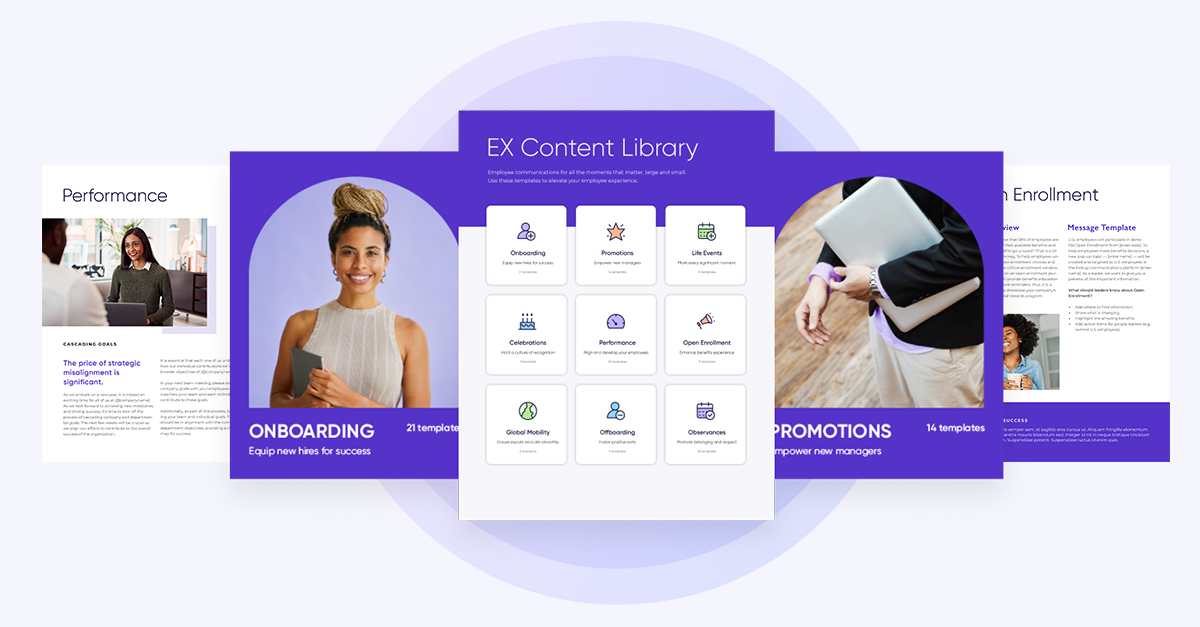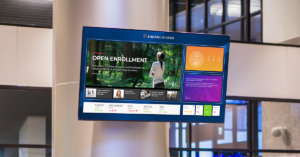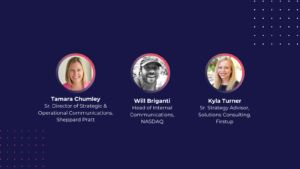All effective marketers know their audience – they study them to understand their preferences, behaviors, habits, frustrations, wants and needs, and they use that insight to segment audiences to deliver the right content at the right time through the right channel. And if something doesn’t work, a progressive marketer who is measuring the effectiveness of their marketing would either optimize their marketing towards improved effectiveness or kill that content, vehicle or channel and instead focus on what is delivering results.
So, why isn’t this same approach being applied within the communications function? To start, most communications professionals have never been trained like marketers have and tend to lack the data-driven skills that are now a job requirement for most marketers. On top of that, many companies don’t take the time to train communicators with these skills so, there is a level of uncertainty among communicators regarding if they have the capabilities needed to approach their job the way a marketer would. Even more importantly, communicators continue to rely on antiquated methods to reach their employees and are more reactive to issues that arise, instead of being proactive in treating employees like marketers do customers.
Today leaders are demanding better alignment and employee engagement, with 84 percent of communications and HR professionals saying increasing employee engagement is a key objective. Yet when asked about how they deliver business KPIs, only 40 percent of internal communicators said they measure communications at all. Meanwhile, getting employee’s attention is becoming increasingly harder, with only one-third of employees reading emails or content that their companies distribute. But it doesn’t have to be that way, in fact, it shouldn’t be this way anymore.
Better understand your audience with our new report, The Digital Transformation in Communications: 10 Key Insights from the Comms Effectiveness Survey. Read it now.
Imagine you are a communicator who has studied your employee audience enough to understand the content they prefer sent through the channel they prefer, in the vehicle format (e.g. video, printed materials, web page, etc.) they prefer, sent the day of the week and time of the day they prefer. And imagine the outcome of this is employees telling you that what you sent them was way more relevant because it felt like it was designed for them. You’ve catered to their wants and needs and that drives them to take the action you want them to take. Sounds great, right?
By creating audience profiles, communicators can create and deliver content in a more relevant, meaningful way so that employees listen, internalize and take the desired action. It can be as simple as building a few personas that help you understand the similarity and nuances across employees, or it can be an advanced segmentation of your employee audience. Here are three ways communicators can group internal audiences to quickly realize the benefits of targeting:
1. Role-specific
Segmenting by role is the most common way that communicators segment their internal audiences. Segmenting employees by role can be as simple as creating foundational groups like new hires, hourly employees, all employees, people leaders (managers), leaders, and executive leadership (C-Office); or can be even more comprehensive broken down by a more granular structure based on how your company is organized. This approach makes it easier to target and tailor content accordingly and make sure messages reach employees through the right channels.
For example, sending an important communication to a field sales team would look very different than one that might go to the IT team at HQ. In addition, segmenting by role creates opportunities to maximize results. For example, if you are trying to reach your deskless employee base, sending them a lengthy email with a link to a website they need to log into is going to have a very low open and conversion rate. Conversely, if you know these field/deskless employees are busy and on-the-go but like to receive communications on their mobile devices, it would be more effective to share the communication in a bite-size mobile format and trigger them reading it by using a push notification.
2. Geography
Segmenting by geography is very useful if you have a distributed organization with employees across the U.S. or the globe. You can segment by particular regions to countries, states, cities, or even by office location. And, you can tailor content based on their geographical requirements, including taking language and culture into account.
For example, if a dangerous storm is coming that will impact employees on the East Coast, details on office closures, evacuation plans, or canceled meetings is not applicable to your employees in California. Or another example is if you have employees in different locations around the world, just simply translating content may not be seen by those employees as helpful or effective versus creating custom content not only written in their language but also reflective of their culture.
3. Age Demographics
How you reach or activate one generation is likely not going to work the same for another. Depending on the nature of the content you are communicating, in most cases, segmenting by generation comes in handy.
For example, annual enrollment is always a struggle for HR practitioners to market, get employees to understand their benefits, and sign up on time. Let’s assume HR is trying to get employees to sign up for new and/or specific retirement benefits. What you will find is Millennials don’t really care much about retirement at this point in their life. Instead, you have an opportunity to create content in the form of education to try and help them care more about it so they can start saving in their earlier years. However, Baby Boomers are very interested in retirement benefits being that they are either close to ready or ready to use these benefits now. One message to all wouldn’t drive the activation the same as creating targeted content at each generation to help move them through to conversion.
The role of mobile in internal communications
The more communicators study their audiences to understand what employees want and need, the more they can use segmentation and targeting to their advantage. And because employees are on the go and expect their organization to understand what they want and need, mobile plays a huge role in companies delivering content to them—just like marketers do for them as brand loyalists or consumers. By giving employees access to communications in a form that’s most convenient for them and delivering the type of content and information they want and need, you’ll see engagement skyrocket.
The business of internal communications is rapidly changing. Those who embrace technology and modern strategies and tactics commonly used to engage customers or prospects will win. Communicators need to take the time to study their employee audiences – learning what they want, when they want it and how they want it. This will help build trust, show that you are listening to your employees and ultimately add significant value to not only the employee but your organization overall.
Learn how Firstup’s workforce communications can you help you reach every employee, to unify your organization, and drive business outcomes. Sign up for a demo today.








